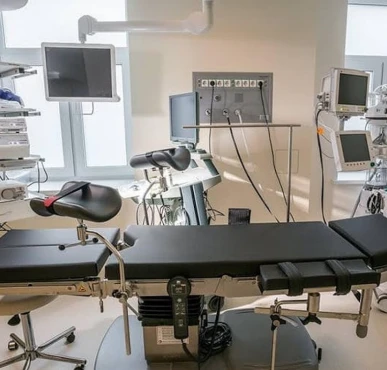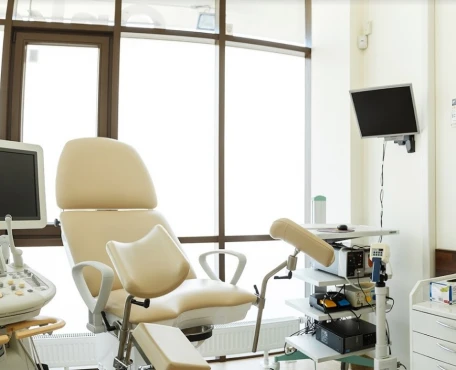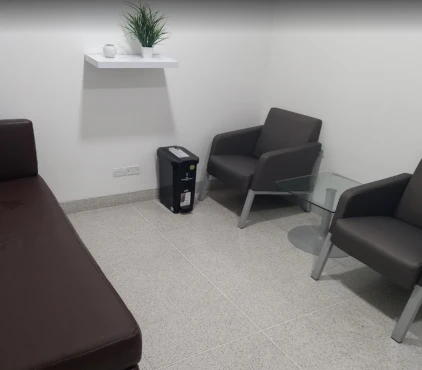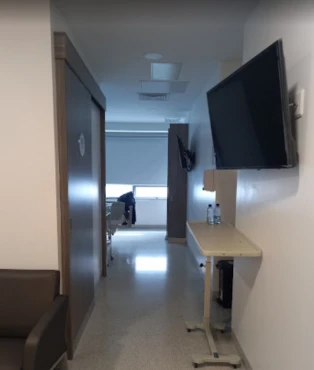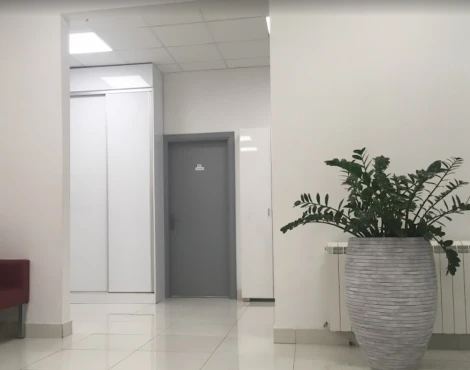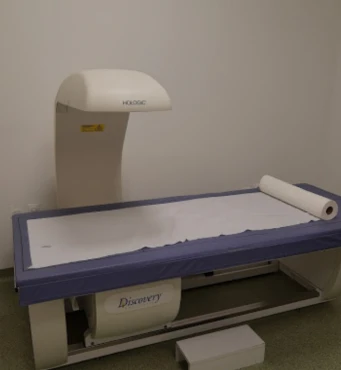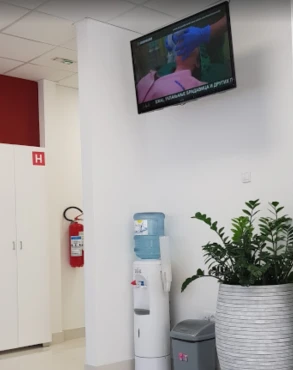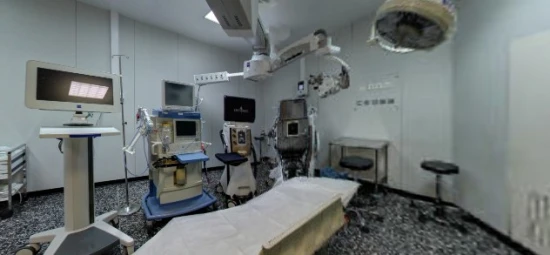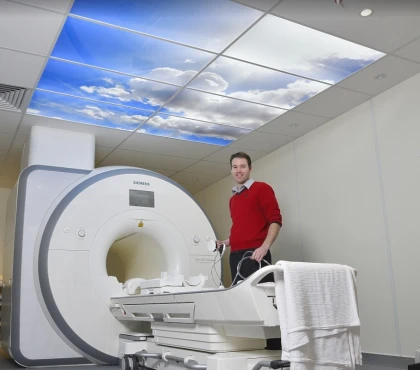Disease Types
What is the vulvar intraepithelial neoplasia?
Vulvar intraepithelial neoplasia (VIN) is a pre-cancerous condition affecting the vulva, the external female genitalia. This condition involves abnormal cellular growth and development within the vulvar skin, which can potentially progress to vulvar cancer if left untreated. VIN is classified into three distinct grades (VIN 1, VIN 2, and VIN 3) based on the severity of the abnormal cell changes. Interestingly, VIN 1 is often excluded from this categorization as it resolves without intervention. While VIN is considered a relatively rare condition, its timely diagnosis and appropriate management are crucial to prevent the progression to invasive vulvar cancer.
VIN predominantly affects women during their reproductive years, but it can occur at any age. Notably, the incidence of VIN has been on the rise in recent years, which can be attributed to increased awareness and more prevalent screening practices. In the United States alone, approximately 5,000 women are diagnosed with VIN annually, highlighting the importance of understanding this condition and its management [Ayala & Fatehi, 2022].
Causes & Risk Factors
What is the primary issue of vulvar intraepithelial neoplasia?
The exact cause of VIN is not fully understood, but researchers have identified several key risk factors. Human Papillomavirus (HPV), particularly types 16 and 18, is detected in over 80% of VIN cases, and persistent HPV infection significantly increases the likelihood of developing this condition. Age also plays a role, as VIN is most common in women aged 30 to 50, although it can occur at any age. Smoking habits are another significant factor, as smokers have a two to three times higher risk of developing VIN compared to non-smokers.
Immunosuppression, such as from HIV or certain medications that weaken the immune system, can also increase the risk of VIN. Additionally, individuals with chronic vulvar conditions, including lichen sclerosus and chronic vulvitis, are more susceptible to developing this pre-cancerous condition. Finally, a history of cervical or vulvar cancer further elevates the risk for VIN in women.
Clinical Manifestation & Symptoms
What signs should one anticipate while suspecting vulvar intraepithelial neoplasia?
The symptoms of vulvar intraepithelial neoplasia can vary significantly, but patients often experience a range of standard signs. Persistent itching in the vulvar region is a frequent complaint. Many individuals also report discomfort or pain, especially during sexual intercourse. Changes in the skin's color or texture, such as areas that appear white, red, dark brown, or feel rough or thickened, are also common. Patients may also notice the presence of raised or flat lesions that may bleed or become ulcerated.
Diagnostic Route
When, where, and how should vulvar intraepithelial neoplasia be detected?
Diagnosing vulvar intraepithelial neoplasia (VIN) involves a comprehensive approach. First, a healthcare provider will thoroughly examine the vulva to identify any abnormal areas.
Next, the doctor may perform a colposcopic procedure. This involves using a specialized instrument called a colposcope to magnify and closely examine the vulva and cervix, searching for signs of abnormal cell growth.
If the physician notices any areas of concern during the physical exam or colposcopy, they will likely recommend a biopsy. This involves taking a small sample of the suspicious tissue and sending it to a laboratory for microscopic analysis. The biopsy results can confirm the diagnosis of VIN and provide information about the severity of the condition.
It's important to note that routine screening for VIN is not typically recommended. However, women with symptoms or known risk factors, such as a history of cervical or vulvar cancer, should be sure to undergo regular gynecological exams [ASCCP, 2020].
Treatment Approaches
What are the options for managing vulvar intraepithelial neoplasia?
The primary goal of VIN treatment is to eliminate the abnormal cells and prevent the progression to cancer. The choice of treatment approach depends on various factors, including the severity and extent of the condition, the patient's preferences, and the presence of symptoms.
Surgical interventions can be highly effective in managing VIN. Wide local excision, which involves the surgical removal of the abnormal tissue along with a margin of healthy tissue, has a high success rate and is particularly effective in preventing recurrence. Laser ablation, a less invasive technique that uses a laser to destroy the abnormal cells, is another option, although it carries a higher recurrence risk than excision.
For patients with extensive or recurrent VIN, a more extensive surgical procedure, known as vulvectomy, may be necessary, involving the partial or complete removal of the vulva.
In addition to surgical treatments, therapeutical approaches can also effectively manage VIN. Topical therapies, such as imiquimod cream, have been shown to stimulate the immune system to target and eliminate abnormal cells, with response rates ranging from 50% to 70%. Cidofovir, an antiviral drug applied topically, has also demonstrated promising results, with approximately 60% to 80% response rates.
Another treatment option is photodynamic therapy (PDT), which involves the application of a photosensitizing agent to the affected area, followed by exposure to a specific wavelength of light. This less invasive approach has shown 60% to 75% efficacy in treating VIN.
VIN prevention
The HPV vaccine has shown tremendous promise in reducing the risk of developing vulvar intraepithelial neoplasia (VIN). Research indicates that by preventing HPV infection, the vaccine can potentially decrease the incidence of VIN by up to 90% in vaccinated populations.
Prognosis & Follow-up
How does cutting-edge science improve the lifespan and quality of life for those with vulvar intraepithelial neoplasia?
With early detection and appropriate treatment, the prognosis for women with VIN is generally reasonable. The risk of progression to invasive vulvar cancer is low when VIN is treated promptly. Advances in minimally invasive therapies, such as laser ablation and photodynamic therapy, have improved outcomes and shortened recovery times, enhancing the quality of life for patients.
Regular follow-up is essential for women treated for VIN. Despite the available treatment options for VIN, the condition does have a high recurrence rate, ranging from 20% to 50%.
The follow-up protocol typically includes physical examinations every 3-6 months for the first two years, then annually. Colposcopy and biopsy are performed as needed based on symptoms or findings during physical exams. Patients are encouraged to conduct regular self-examinations and promptly report any new symptoms to their healthcare team.
